Wearable tech is amazing. From Glasses
and wristbands to Smartwatches and fitness trackers, the field is
opening up to a wide range of play. One company is willing to take
things to the next level with a gadget that quite possibly has the
potential to change the game. Meet the Cicret bracelet. Its aim is to
replace a smartphone. Now that is a bold statement to make, but the guys
over at Cicret are not kidding around, they genuinely believe that their product could change the way we use wearable tech.
The Key feature is a built in projector
and eight sensors, which will allow a wearer to manipulate an image that
is projected onto their arm. The ‘Screen’ will let users read emails,
surf the web, watch videos, play games and even make phone calls. The
technology inside the device will consist of an accelerometer, memory
card, processor, micro USB port, battery, long range sensors, pico
projector, Bluetooth unit, Wi-Fi component, LED, Snap Button and SIM
storage tech.

The cost is more than likely going to be
in the region of £300 (€379 or $471) and it will come in either a 16GB
or a 32GB model and be made available in a choice of 10 colours.
The team behind the idea say that the wearer of the of the Cicret
bracelet will be able to check an email or watch a film, which is
projected onto their forearm and control the picture by using their skin
like a touchscreen device.
The designers are currently raising money on their website in order to put the gadget into production.
They ‘say’ it can do anything a phone or tablet can. You could, in
effect, do any of the basic functions that you can do with a smartphone:
read emails, surf the web, watch videos, play games and even make
telephone calls without relying on a conventional screen. The
device will work by using a tiny projector housed in the bracelet that
will cast an image onto the skin, then eight long-range proximity
sensors will detect a swipe, tap and pinch. The bracelet will also contain a USB port and accelerometer as well as support for Bluetooth and Wi-Fi.
The founder of technology company Cicret,
Guillaume Pommier, along with Pascal, his software developer father,
have said, ’We plan to put a 3G card [in the bracelet] to allow calls.’ Pommier
explained that the device may use a new technology, which will allow
the SIM details to be put into the hardware, instead of requiring an
actual SIM card.
The Circet bracelet is obviously still in development, but a working prototype is due to be unveiled soon. Pommier has hopes that the bracelet may be on the shelves by June of 2015.

Mr Pommier said, ‘The Cicret bracelet is a
revolutionary device which could completely change how we access
information…The applications for the bracelet are vast – it will be able
to do anything a phone or tablet can do but without the need for a hard
screen…Not only is it more portable but it’s also more ecological too
because it is the screen part of tablets and phones that is hard to
dispose of…The amazing thing is that we haven’t invented anything new –
we just combined two existing technologies to create something really
special…We think the bracelet will revolutionise the technology world.’
Could the Cicret bracelet replace a smartphone? Who knows? But if this device gets off the ground, one thing is for sure, it will make people sit up and pay attention.
[Image via iovivoaroma & technabob]




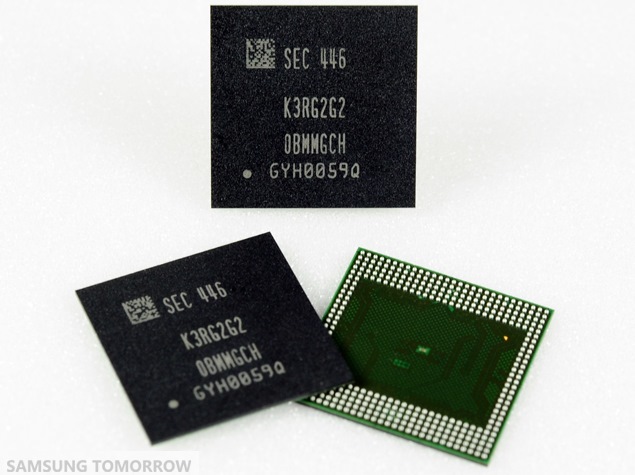

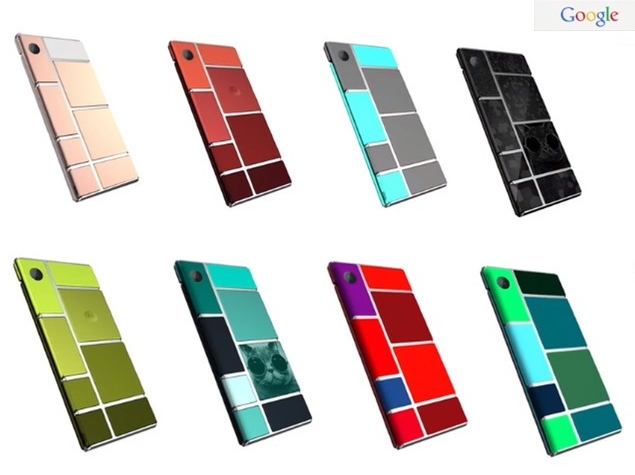
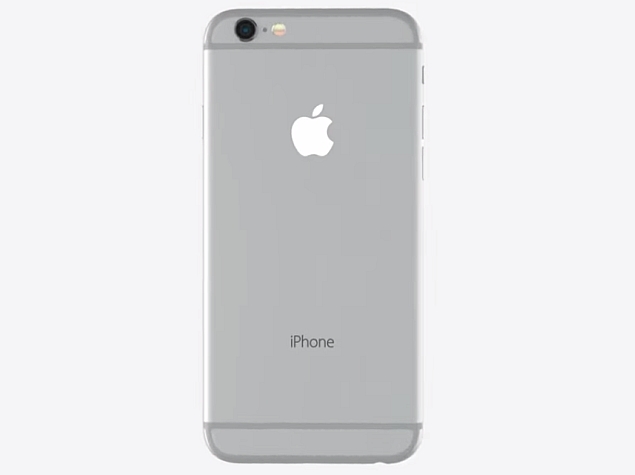
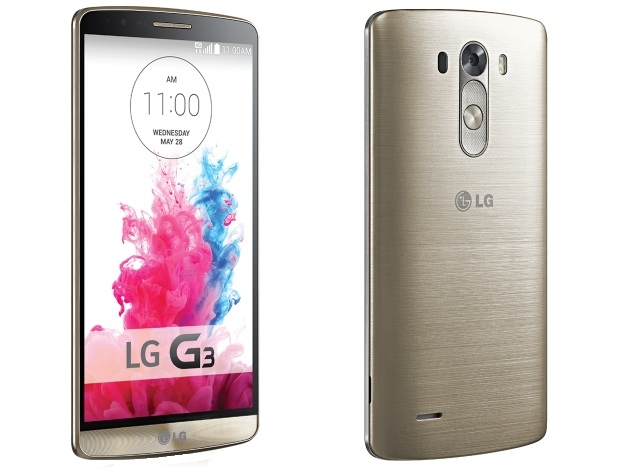
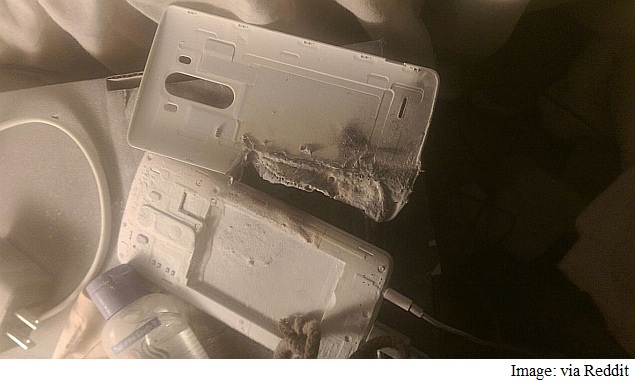

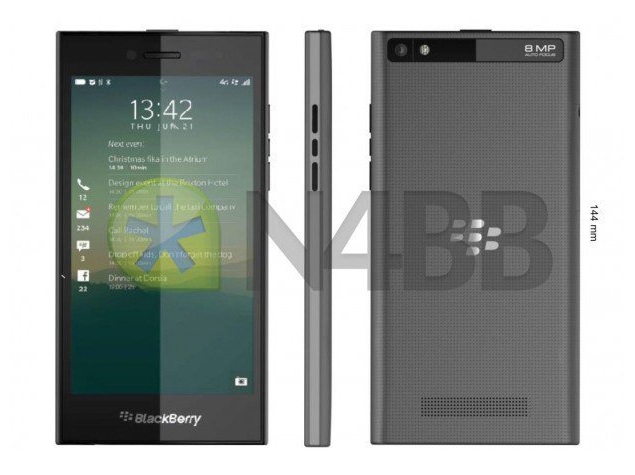























 One
of the most obvious incentives to root your Android device is to rid
yourself of the bloatware that’s impossible to uninstall. You’ll be able
to set up wireless tethering, even if it has been disabled by default.
Additional benefits include the ability to install special apps and
flash custom ROMs, each of which can add extra features and streamline
your phone or tablet’s performance. A lot of people are tempted by the
ability to completely customize the look of their phones. You can also
manually accept or deny app permissions.
One
of the most obvious incentives to root your Android device is to rid
yourself of the bloatware that’s impossible to uninstall. You’ll be able
to set up wireless tethering, even if it has been disabled by default.
Additional benefits include the ability to install special apps and
flash custom ROMs, each of which can add extra features and streamline
your phone or tablet’s performance. A lot of people are tempted by the
ability to completely customize the look of their phones. You can also
manually accept or deny app permissions. Two recent rooting programs that have garnered some attention in the past few months are
Two recent rooting programs that have garnered some attention in the past few months are  To
use Towelroot, you’ll have to enable your device to install apps from
unknown sources. This can be accessed by clicking on
Settings>Security> Unknown Sources. Now you’ll be able to download
apps from outside the Google Play store.
To
use Towelroot, you’ll have to enable your device to install apps from
unknown sources. This can be accessed by clicking on
Settings>Security> Unknown Sources. Now you’ll be able to download
apps from outside the Google Play store. Once
you’ve enabled USB debugging mode on your phone, run the program on
your PC and connect your Android to your PC with a USB cord. The program
should detect your device and a message asking if you’d like to root
will appear. Select “root” and then hang tight. Kingo will only take a
few minutes to grant super user privileges.
Once
you’ve enabled USB debugging mode on your phone, run the program on
your PC and connect your Android to your PC with a USB cord. The program
should detect your device and a message asking if you’d like to root
will appear. Select “root” and then hang tight. Kingo will only take a
few minutes to grant super user privileges. Rooting
will make your phone more vulnerable to security threats. Installing a
root management app will give you more peace of mind. Normally, every
app that requires rooted privileges will ask for your approval. This is
where root management apps, such as
Rooting
will make your phone more vulnerable to security threats. Installing a
root management app will give you more peace of mind. Normally, every
app that requires rooted privileges will ask for your approval. This is
where root management apps, such as 
